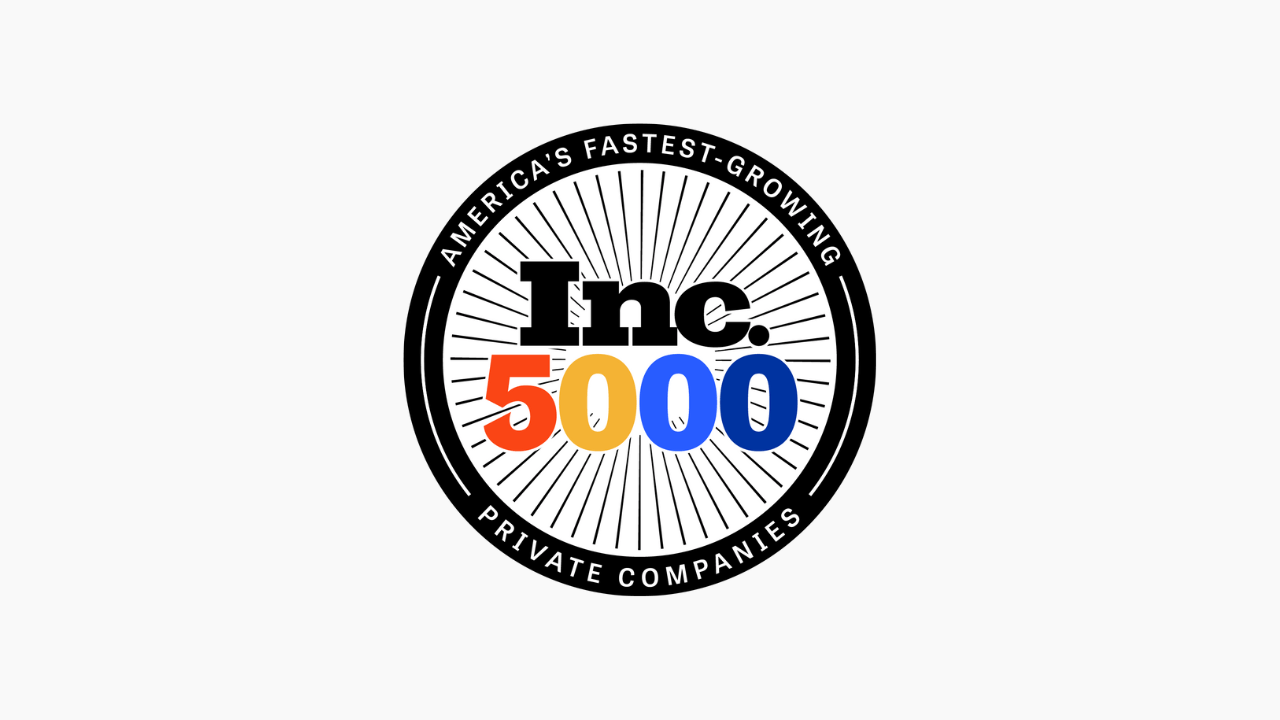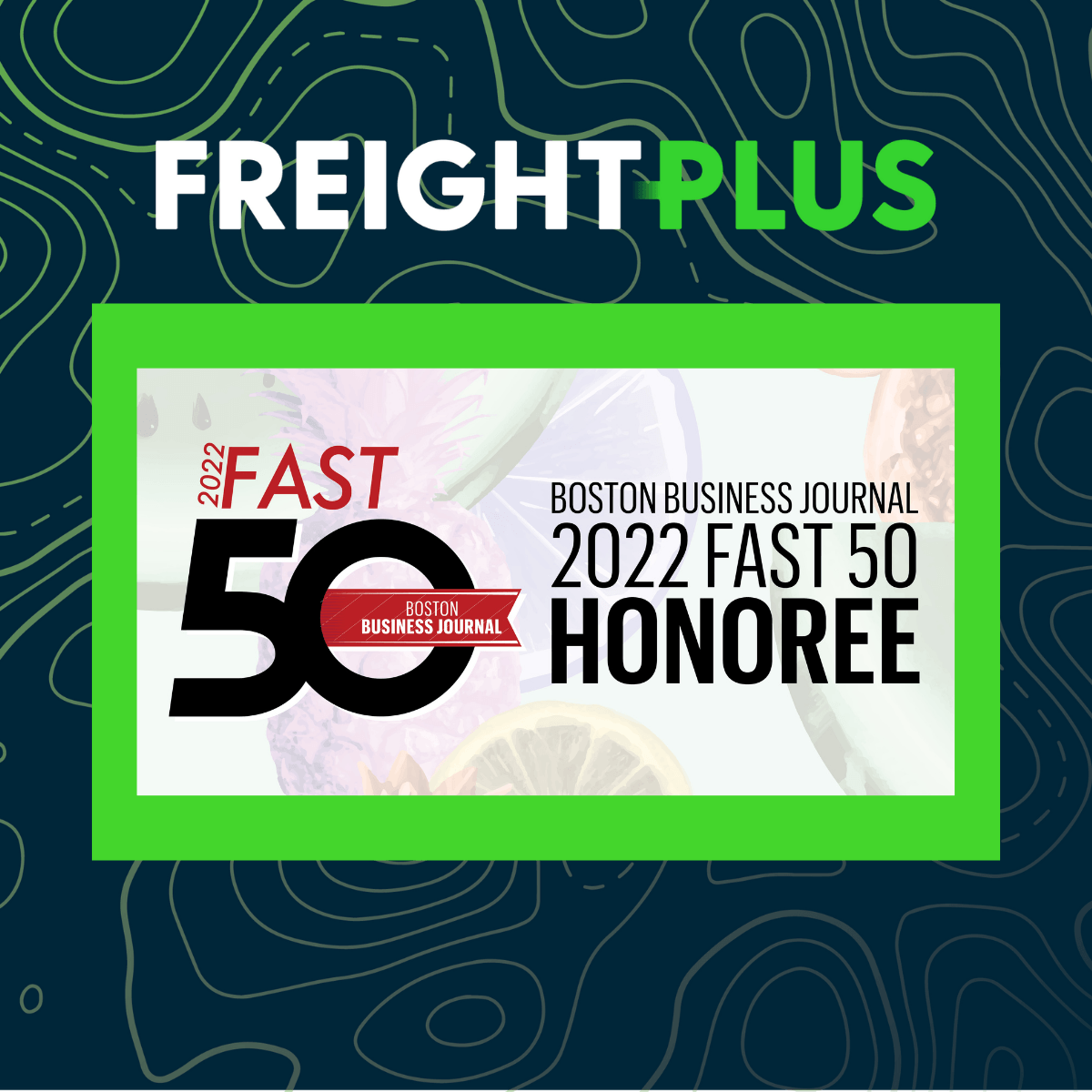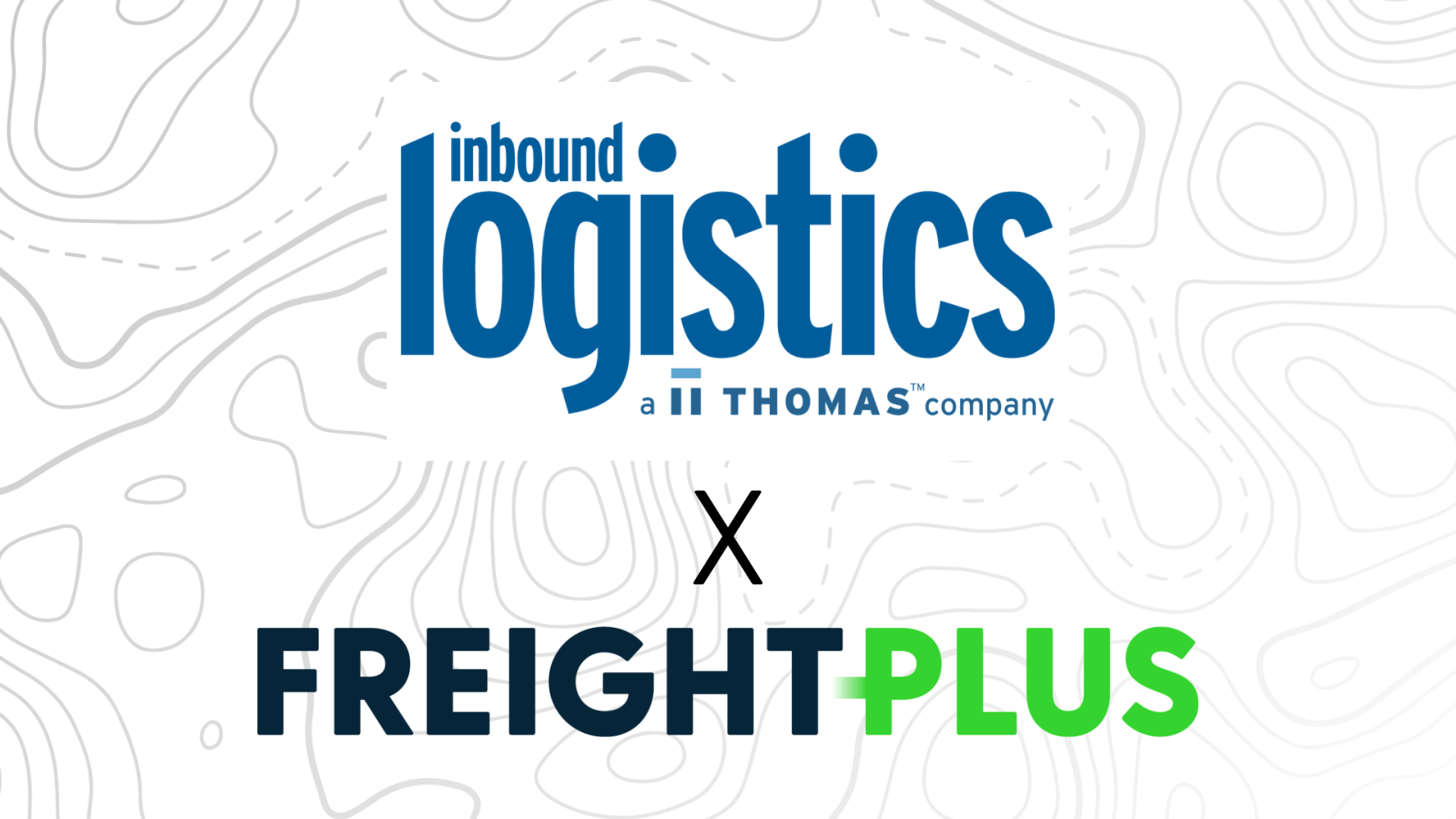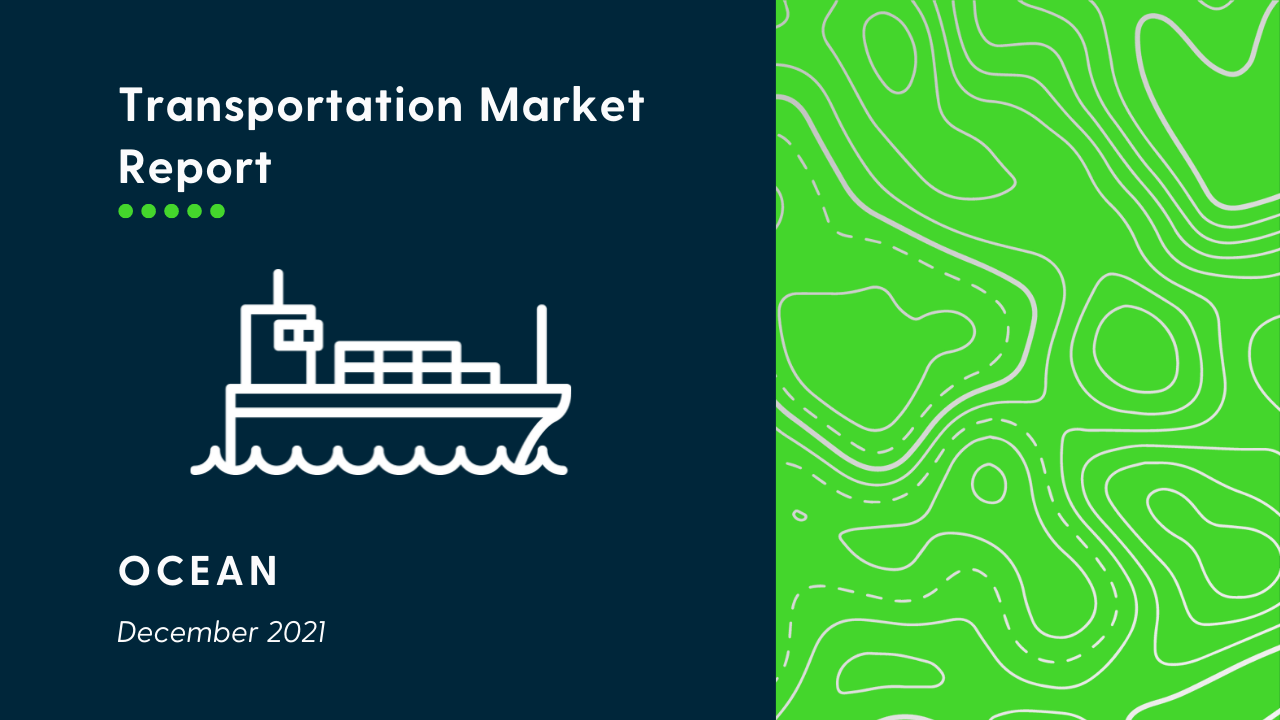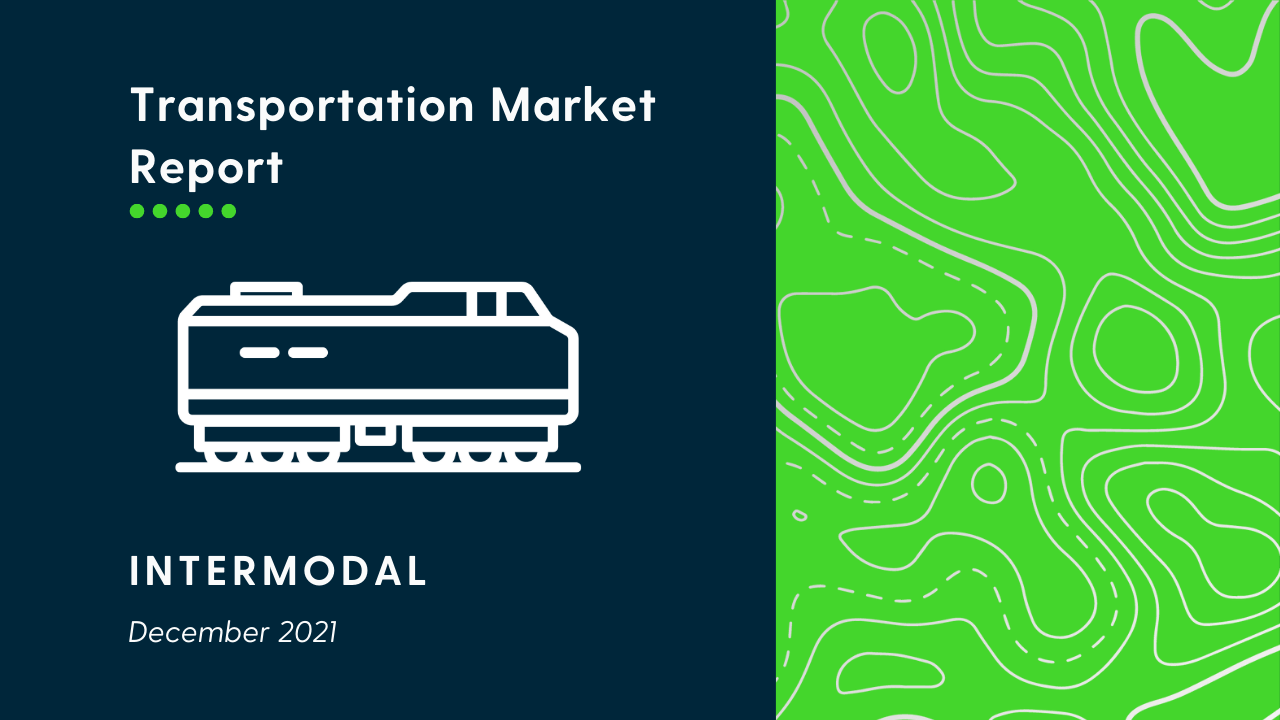Internet of Things and your Supply Chain
Imagine if a little freight-gnome traveled along with everything you shipped, stocked, or stored – coffee beans to coffee tables, blackboards to backboards – and monitored it incessantly. What’s more, the gnome takes meticulous notes on everything it can sense (temperature, location, humidity, sudden jolts, etc.) and can communicate the status of the shipment to all concerned parties at any time. Now imagine you can use smart sensors instead of hiring a weird little gnome to do it. Is it too good to be true, or is it what the new supply chains will look like by using the Internet of Things?
The Internet of Things (IoT) is just what it says, but it might be easiest to explain by contrasting it from the internet we all know and love. For the sake of explanation, we’ll call the internet you’re using right now – and for every episode of Consulting Logistics – the Internet of People.
The Internet of People consists of people using computers and phones as an interface to create, consume, and transfer information.
IoT, on the other hand, is a network where the same actions (creation, consumption, and transfer) are being implemented by ‘things’ – smart devices – rather than people. Anything capable of connecting to the internet can be a smart device, but most are equipped with sensors of some kind. This way, they capture information they can share with other devices.
While IoT is hardly new, it is becoming more relevant as more and more devices connect to the internet every year. As of 2017, eight billion ‘things’ connected to the internet and that number is projected to rise to eleven billion by 2018. Clearly, people have found plenty of ways to make use of IoT, and if people have found use for smart devices in the operations of their daily life, it should come as no surprise that complex supply chain operations are finding use as well.
Like many of the other innovations we’ve covered, IoT promises to provide shippers and carriers alike with dramatically enhancing visibility. Sensors can sense (duh) just about every measurement of importance to logistics professionals concerned with reliably delivering their product to customers who need it.
Here are some ways better visibility will translate into more efficient supply chains
Tracking – Maybe the clearest instrument to be touched by IoT, tracking initiatives already line-up nicely with the capabilities of IoT. Today, most carriers and warehouses continue to use barcodes and scanners to keep tabs on freight, tracking products only at checkpoints when changing hands. Unfortunately, this can mean days between updates and leaves everyone partially or wholly in the dark when trying to find where pieces went missing. With GPS enabled devices on your shipment, frequent and accurate information can be delivered to customers and carriers, ensuring everyone knows exactly where those surprisingly evasive pallets.
Quality Control – Check-point tracking isn’t enough for quality control either. The UN estimates up to one-third of food perishes in transit. Developing strategies to monitor perishable items, such as fresh food and pharmaceuticals, isn’t just important for global health, it’s also valuable product being thrown away. Smart sensors can minimize such cases by monitoring and reporting temperature and humidity from floor to store, saving your cargo and your wallet.
Inventory – Checking inventory will be easier than ever before. Why go around and count every item in the warehouse, when your product can count itself? While the industry hasn’t gone quite this far yet, Amazon is already using IoT enabled robots to keep tabs on what goes in and out of their distribution centers. This means less time worrying about deadlines, and more time moving your business forward.
Upkeep – It might as well be Newton’s fourth law that things always seem to go wrong at the worst possible time ( editor – or Murphy’s ). Luckily, IoT promises to bring some relief to this sad truth. Whether it’s on the manufacturing floor or the road, connected sensors can help manage maintenance and upkeep on the machines you depend on to keep your supply chain running like a well-oiled machine.
These efforts all center around devices communicating with each other and operations teams through a reliable stream of data. By establishing sources of reliable and exhaustive data, IoT will be what bolsters supply chain innovations like artificial intelligence and blockchain.
Learning how to use the data you have now is an important
step in preparing for the onslaught that will come within the next few years. Modern
supply chain solutions are driven by clean data. Let us help you get your duck
in a row today for free with a Day01
data report here.
Checkout the latest episode of our podcast!Listen below or subscribe now on iTunes
, Spotify
, or simply search your favorite podcast player for Consulting Logistics!

